What does understanding culture and communicating across cultures have to do with STEAM, especially with Design and Technology? In this post, Anjuli shares with us some of her work while in Uganda earlier this year. As I read her observations and reflections, I was heartened that young designers are being educated with this type of nuanced understanding about the complexities of societies and knowledge systems! Farming, environmental issues, economics, technology, design, ways of living – these are all connected. AGROspeak is an innovative project that involves the rapid design and prototyping of objects used to build community in agricultural Uganda. Read on – and imagine how this kind of project could transfer to your community, your school, your classroom. Please share your ideas with us!
What environmental signals do farmers in rural Kampala use to make decisions and how do they share information with one another?
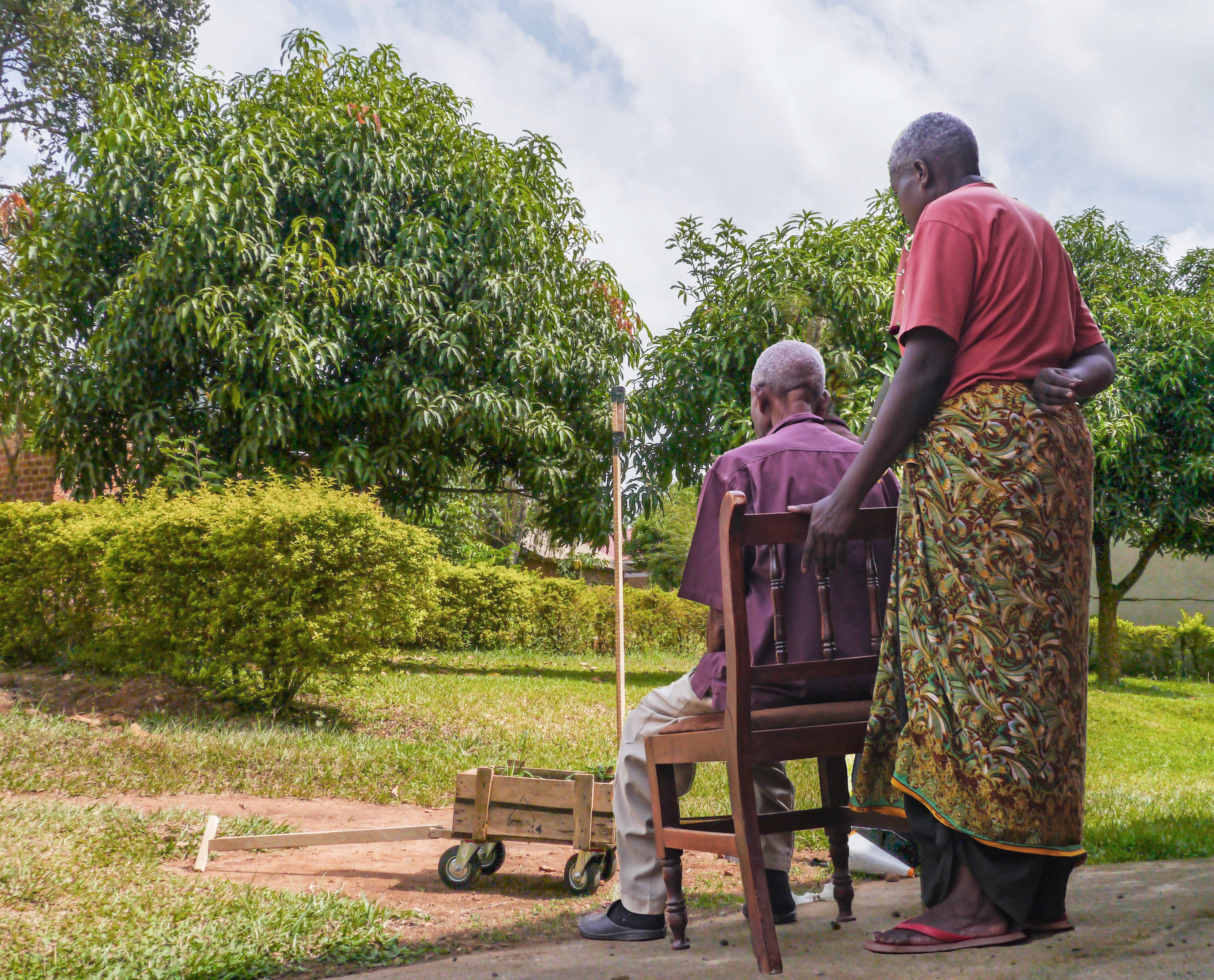

AGROspeak explores the environmental signals that farmers in Wakiso, Uganda use to be successful and how that information is shared with others. The project includes a collection of objects designed through a series of rapid prototyping activities – Shareable Farm, GreenEAR, and Enviromation. This suite aims to create a sense of community for the farmers through observation, orality, and storytelling. These are methods of communication that are unique to the agricultural experience. These objects recognize the importance of local weather knowledge alongside current meteorological forecasts and enable farmers to become active participants in programs that use modern science to adapt to climate change. At the same time, AGROspeak intends to question assumptions and expectations Western designers have as well as encourage this audience to reconsider how design could function in an emerging context.
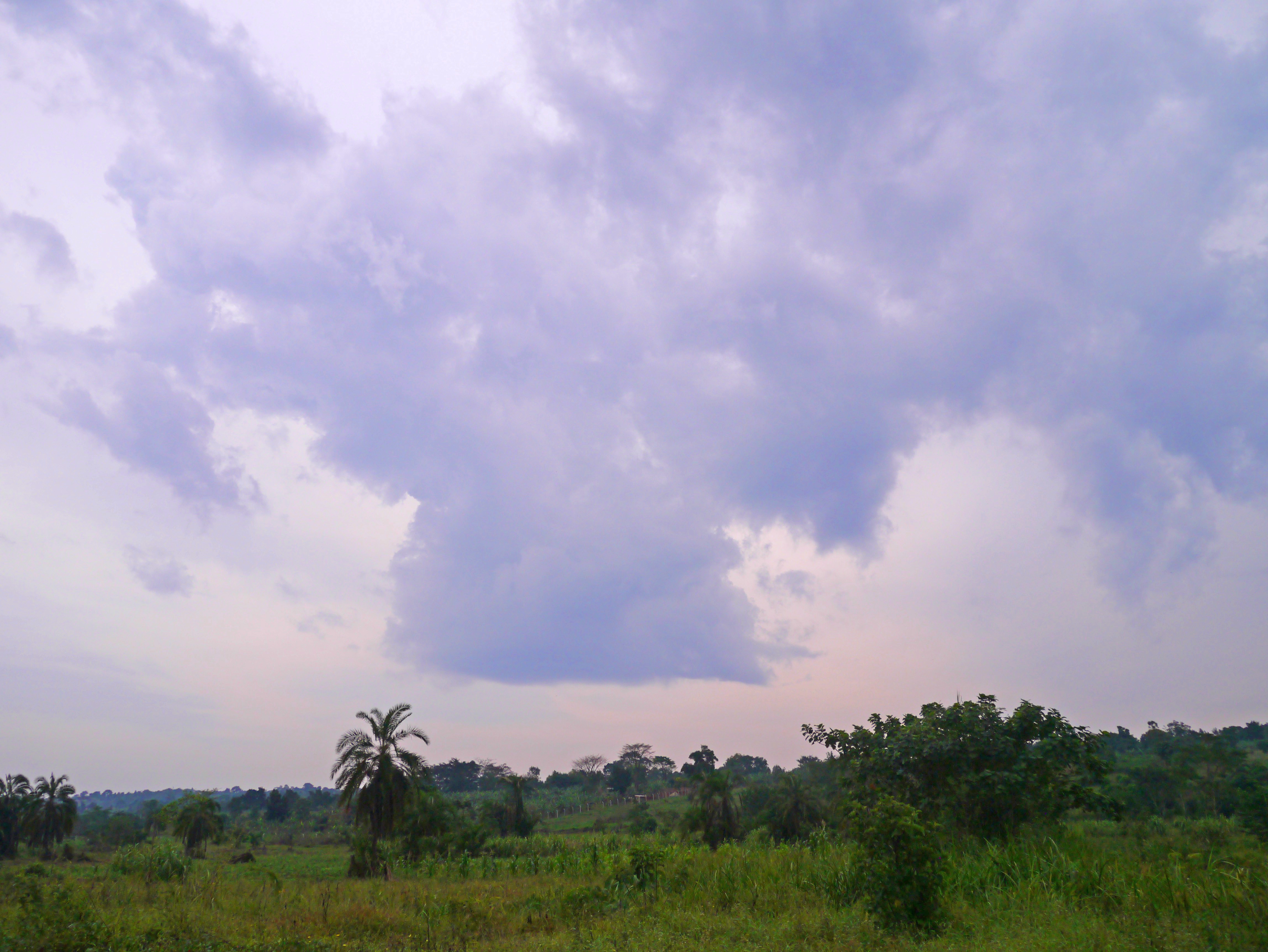

Being an Equatorial country, Uganda and its people are quite susceptible to the effects of climate change, such as increased food shortage, soil erosion, and flood damage. Moreover, there is a huge disconnect between scientific agrometerology and local weather knowledge. Farmers are receiving weather information from meteorologists through technology in ways that don’t consider their observational processes.
Initial Questions
- What environmental signals do farmers in rural Kampala use to be successful?
- What improved farming techniques are being used to adapt to climate change in Kampala?
- How do farmers share information with one another?
Shareable Farm
I observed that initial visual and writing activities to learn more about local weather knowledge didn’t translate well with the farmers. I decided that in order to have more meaningful conversations, I would need to use culturally specific methods of communication. Shareable Farm is built out of local materials and uses plant materiality as a way for farmers to explain their experience. I took the Shareable Farm with me to each site I visited and asked for a representative crop. The farmers and I were able to collectively build the farm together. By talking about which plant to crop in the mobile farm and why, farmers were able to elaborate on how they take care of their crops, especially within the context of climate change.
Shareable Farm leverages materials that farmers are already using and having conversations about such as plants and soil, rather than introducing new design solutions that require behavioral change. Additionally, from designing an object that must be cared for, watered, given sunlight , I gained a deeper understanding for the farming experience in Uganda. I worried when there was no rain or too much sun. I couldn’t leave my farm for a few days, unless I asked someone to water it for me.
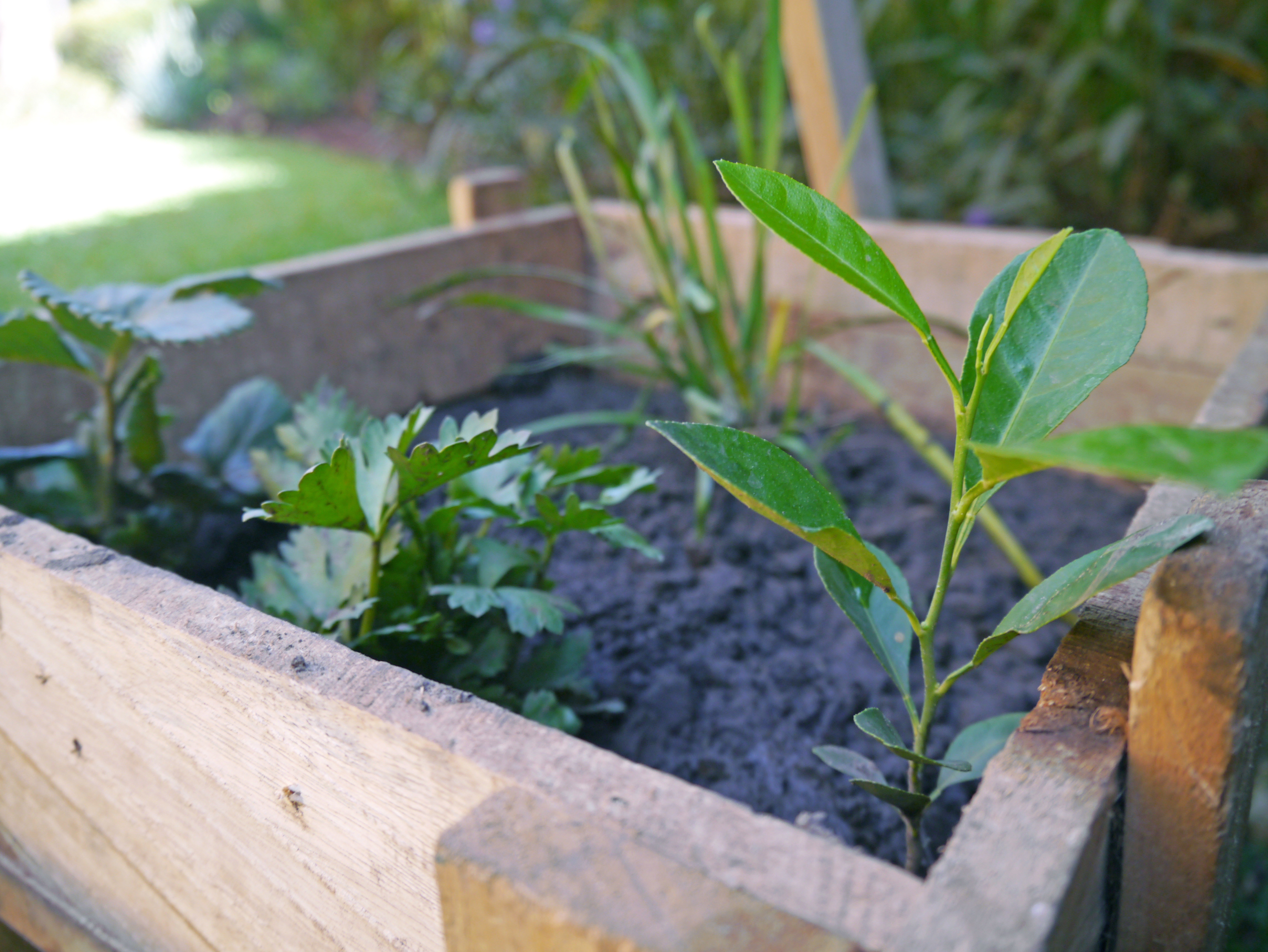

Being immersed in this context allowed me to see how verbal, oral dialogue, and storytelling, are preferred methods of communication for these farmers. To grip this, I added a wooden plank holding a recording device to the Shareable Farm. I asked each farmer to record some news, advice, or simply words of inspiration to the next farmer. As the stories built up, I played them for each subsequent farmer. One farmer was so moved by what another farmer said that she kneeled down in the grass and said a prayer.
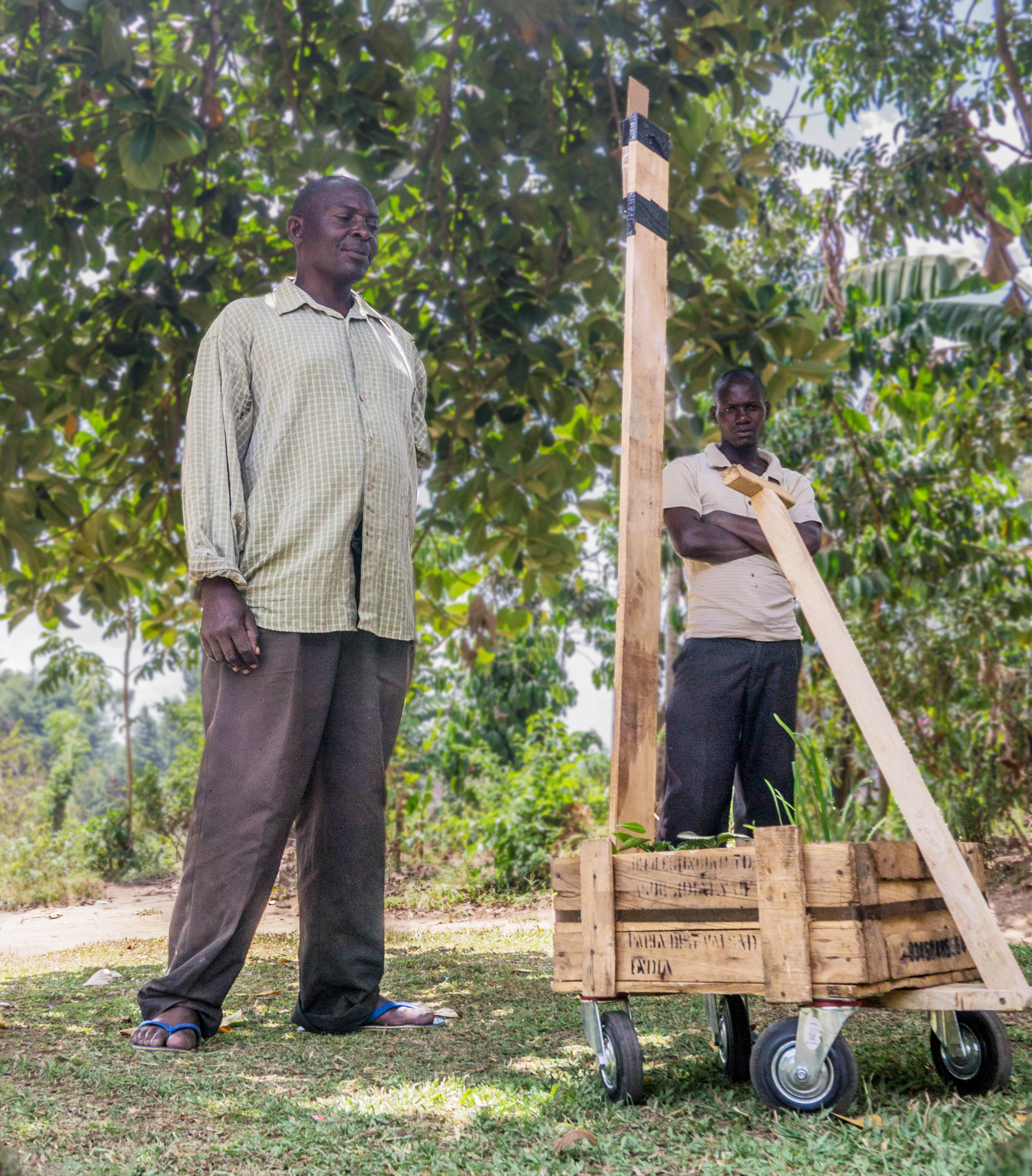

GreenEAR
GreenEAR is a device that amplifies the sound of trees and plants. This uses the idea of orality and listening, which enhances the relationship between farmers and their crops. Therefore, this opened a discussion between farmers, to talk about intimately hearing these plants and trees that they interact with everyday.
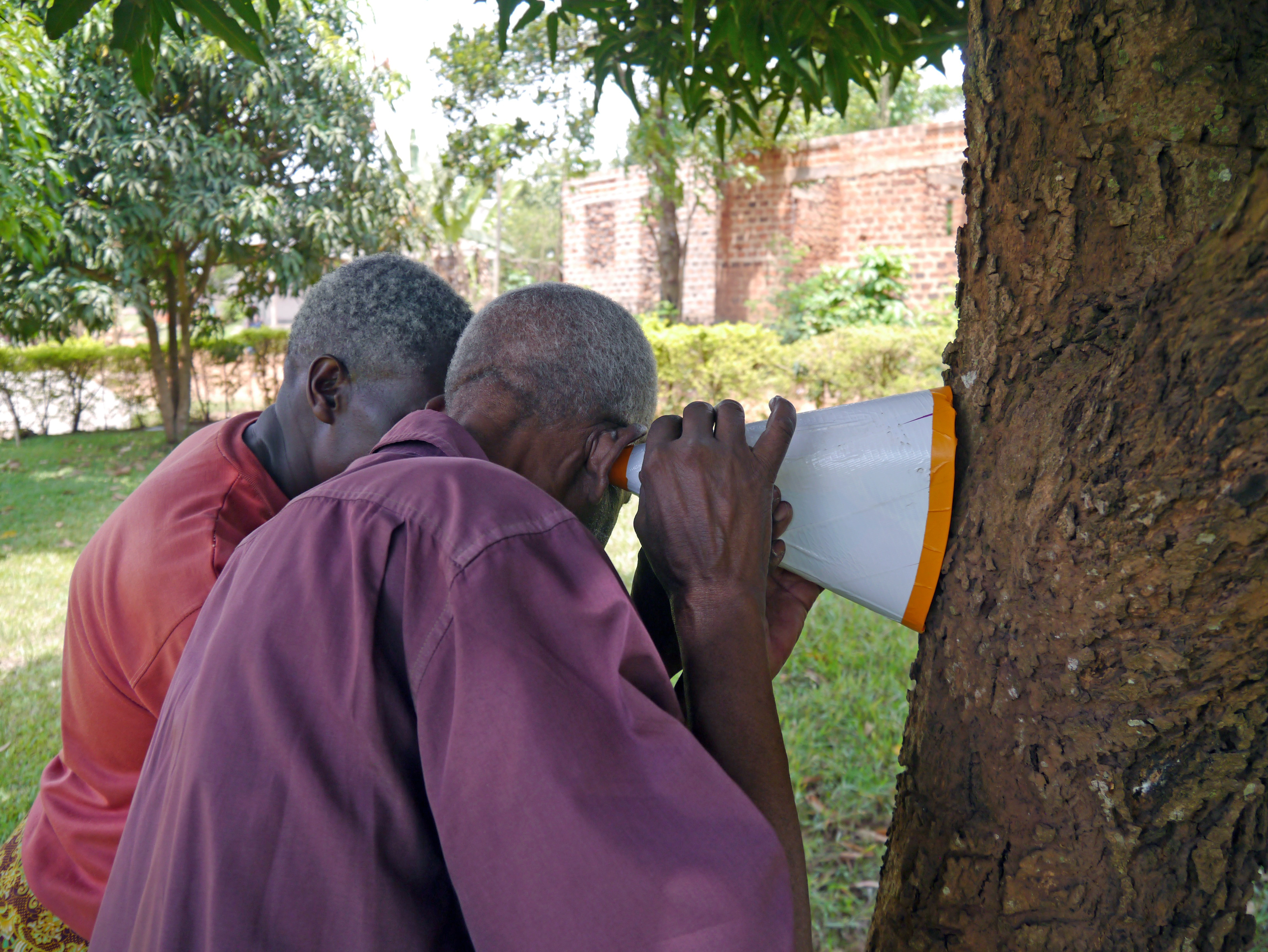

Enviromation
Enviromation is a mobile platform enabling farmers in rural Kampala to share information and experiences about local weather. The app also allows for farmer to share new farming methods. Environmeation encourages interactions already being used by farmers on feature phones, such as Voice Calling. This helps to evoke emotion, curiosity, and sense of community through personalized messages.
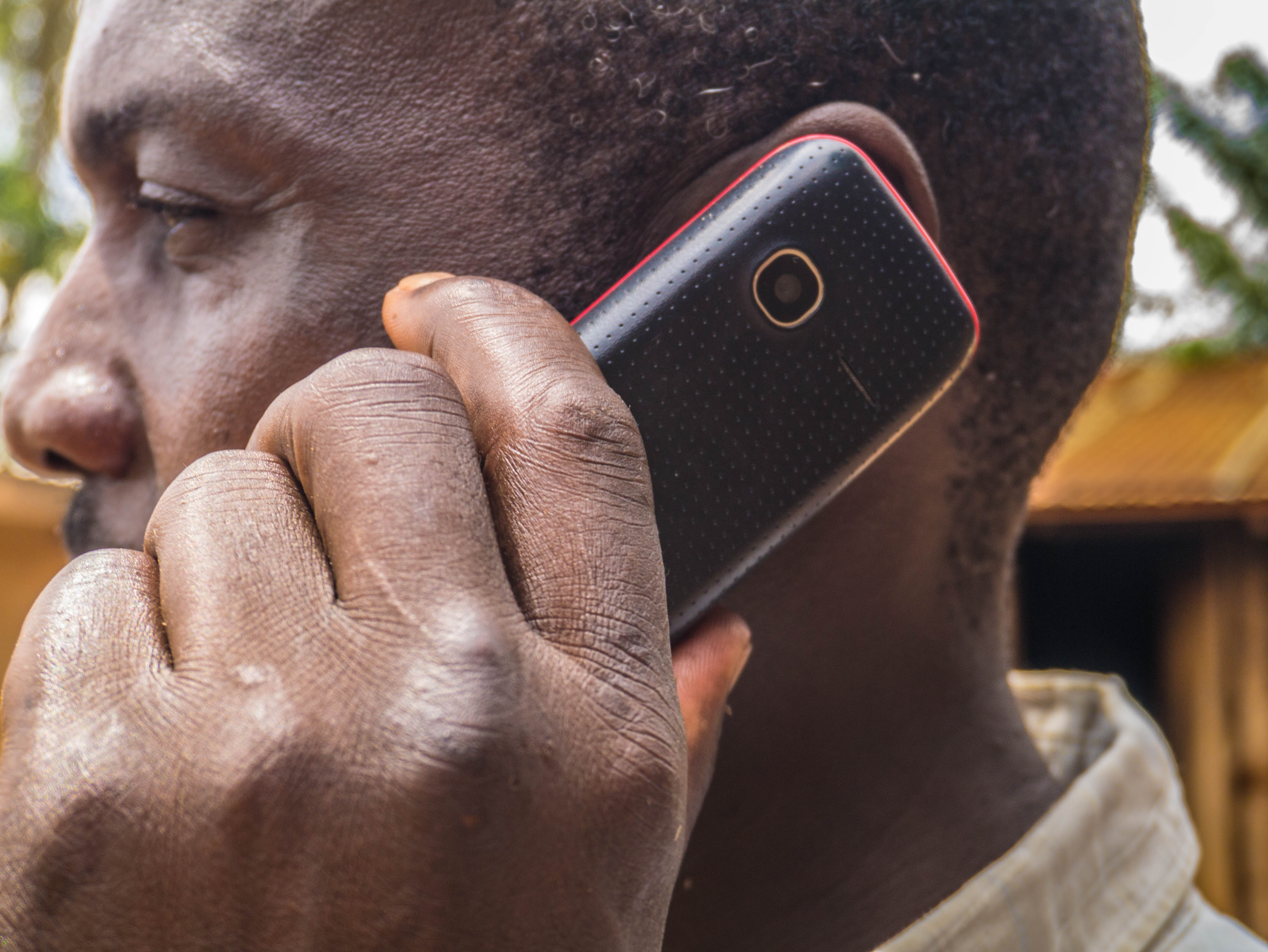

Data Visualization
These visualizations are a way for Western audiences to understand Ugandan methods of weather prediction. I wanted to use methods of communication specific to Ugandan culture as a way of engaging the farmers. I used a familiar design language to relay this information to people back home.
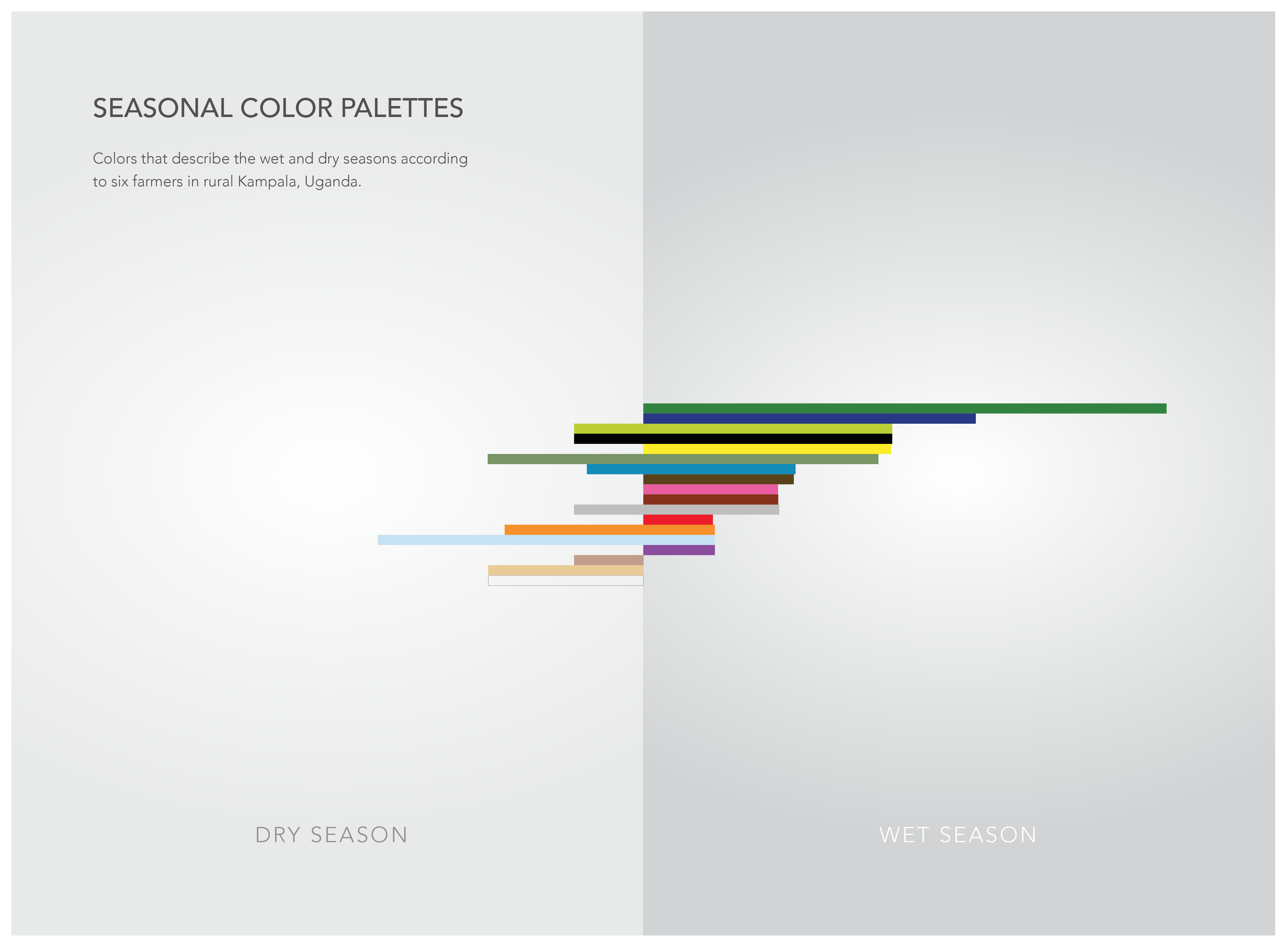

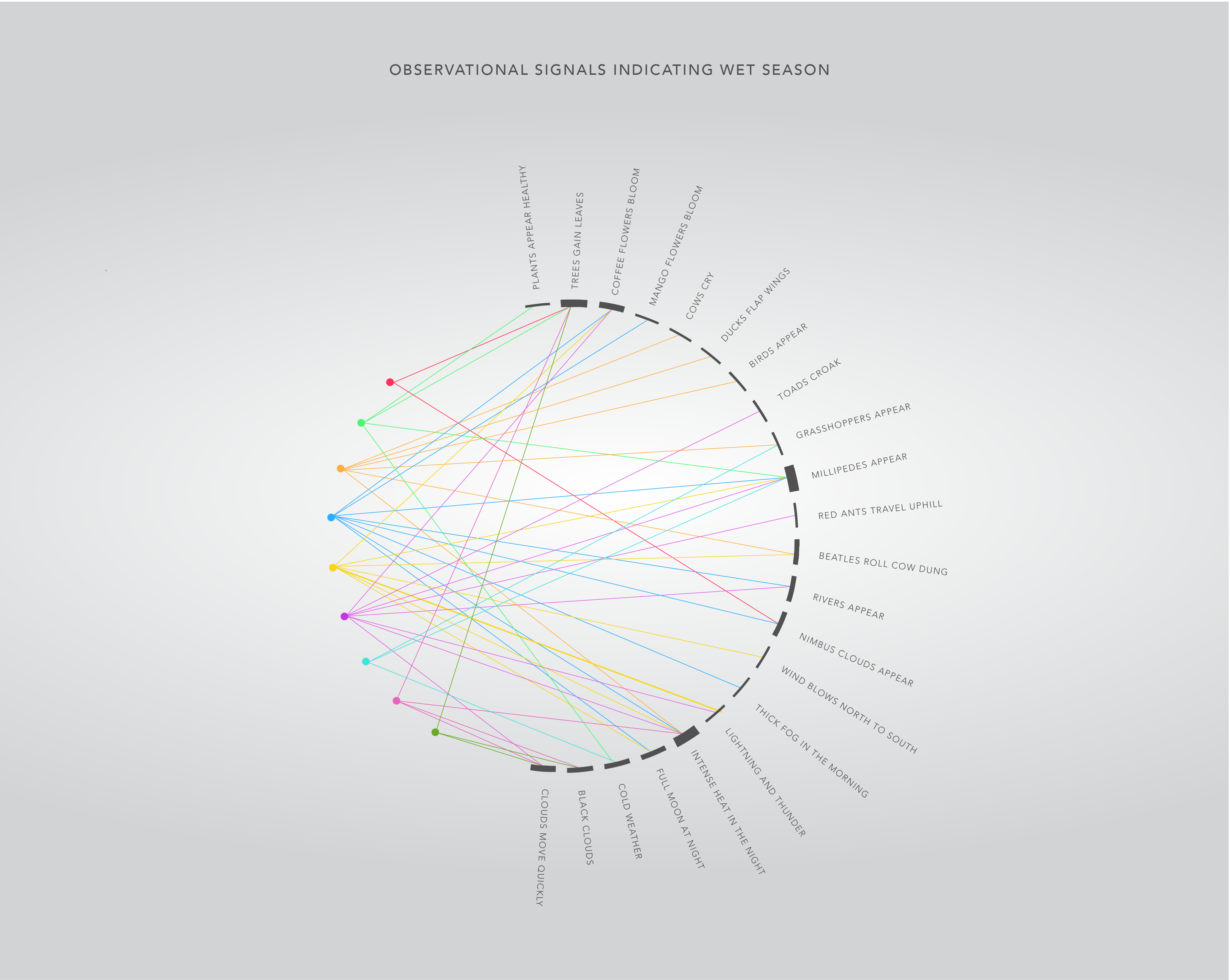

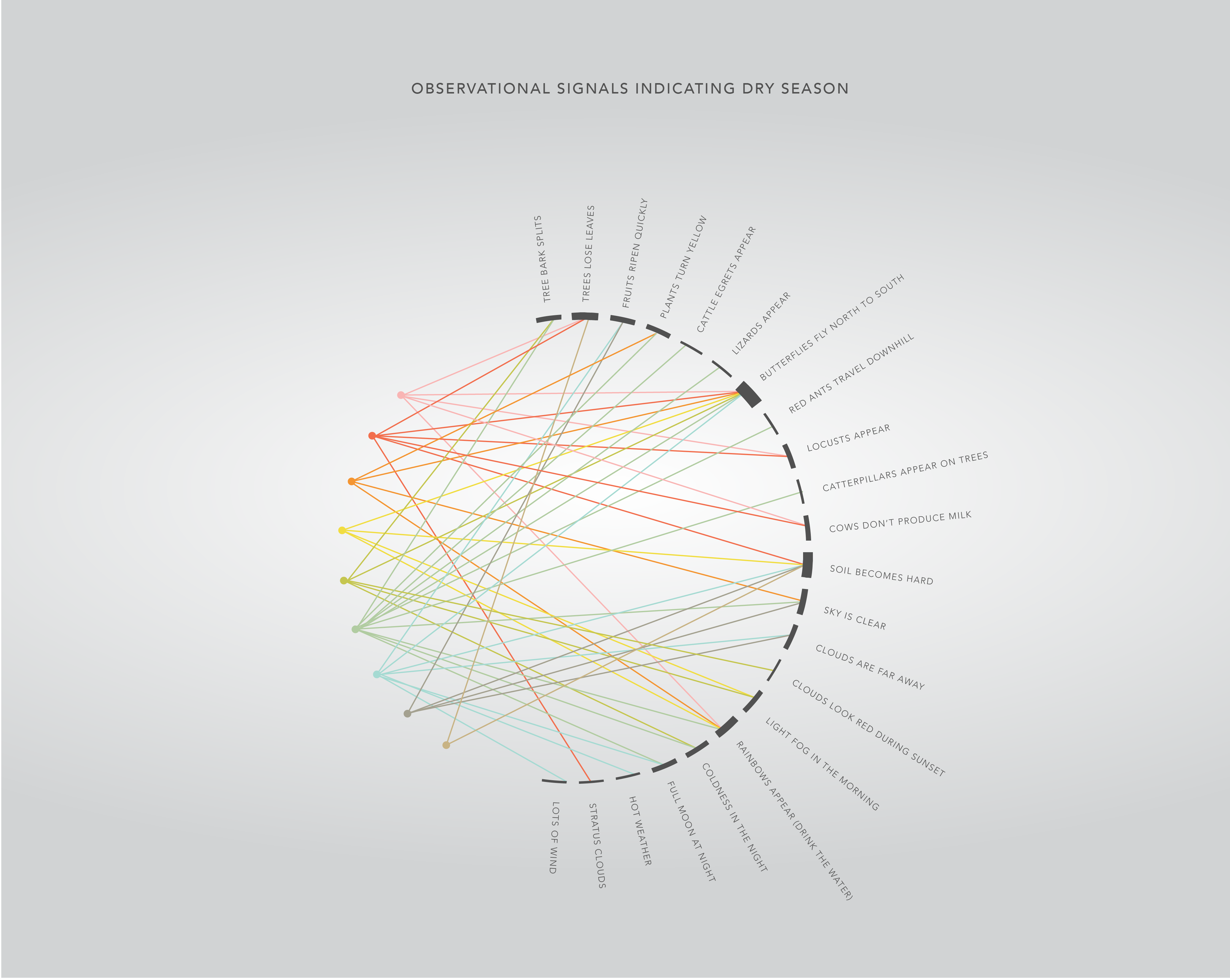

Reflections
In the world of meteorology, scientific information is often seen as more reliable than personal experience. In modern design, there also seems to be a preference for scientific methods and processes. This is disregarding local or more traditional ways of knowing. AGROspeak implies that one system of knowledge is not better than the other. These seemingly disconnected systems could work together to provide information in ways that are understandable to those who need it.
Furthermore, designers tend to default to visual or technological solutions for social problems. These ways of design are heavily influenced by Western assumptions. These assumptions might not be the most appropriate methods for specific contexts, such as Uganda. Leveraging materials, topics, and processes that are already being used is integral in successfully interacting with the Ugandan farmers.
Immersion was such an important part of this project, and something I will take forward with me in my practice. Without being on the ground and working with people facing the issues at hand, I would have never been able to personally connect with farmers. I also would have never been able to learn about each of their unique experiences.


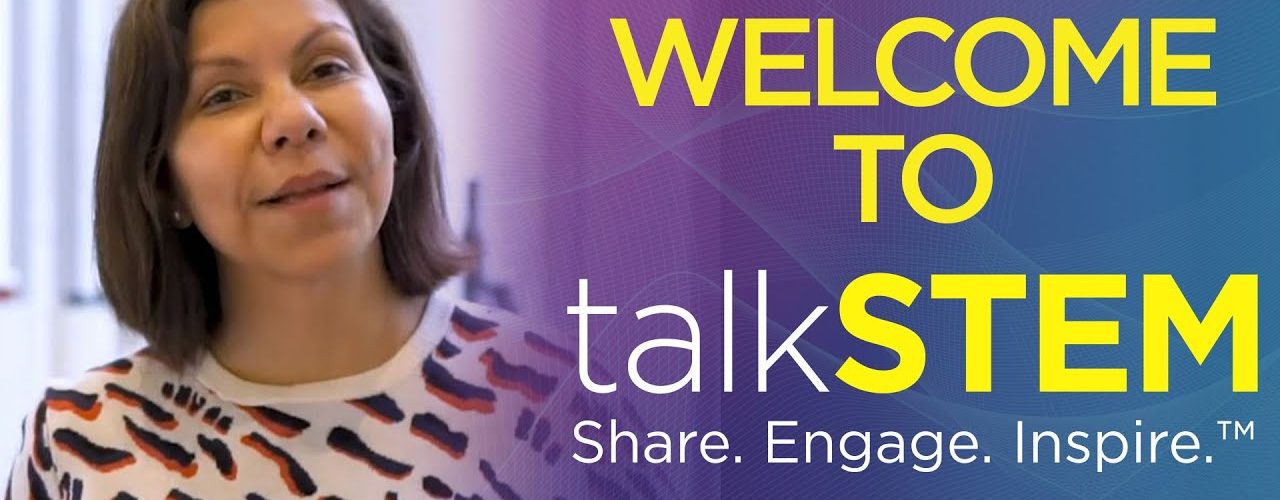





Add comment